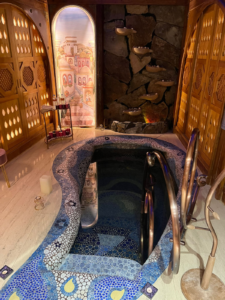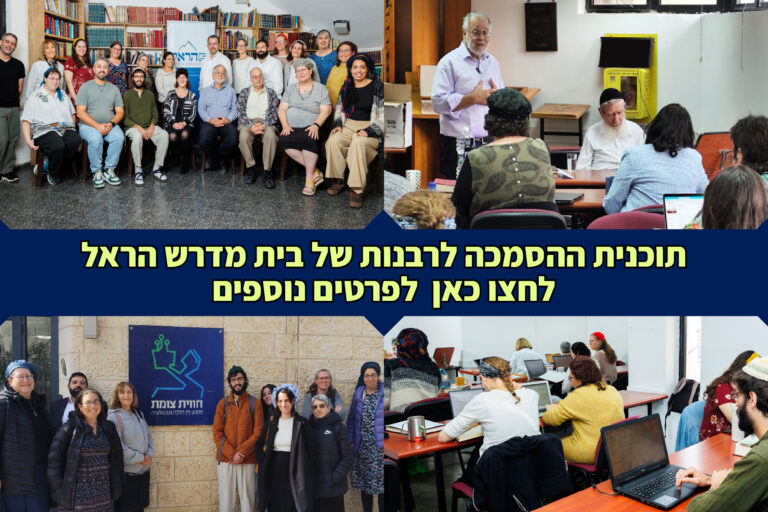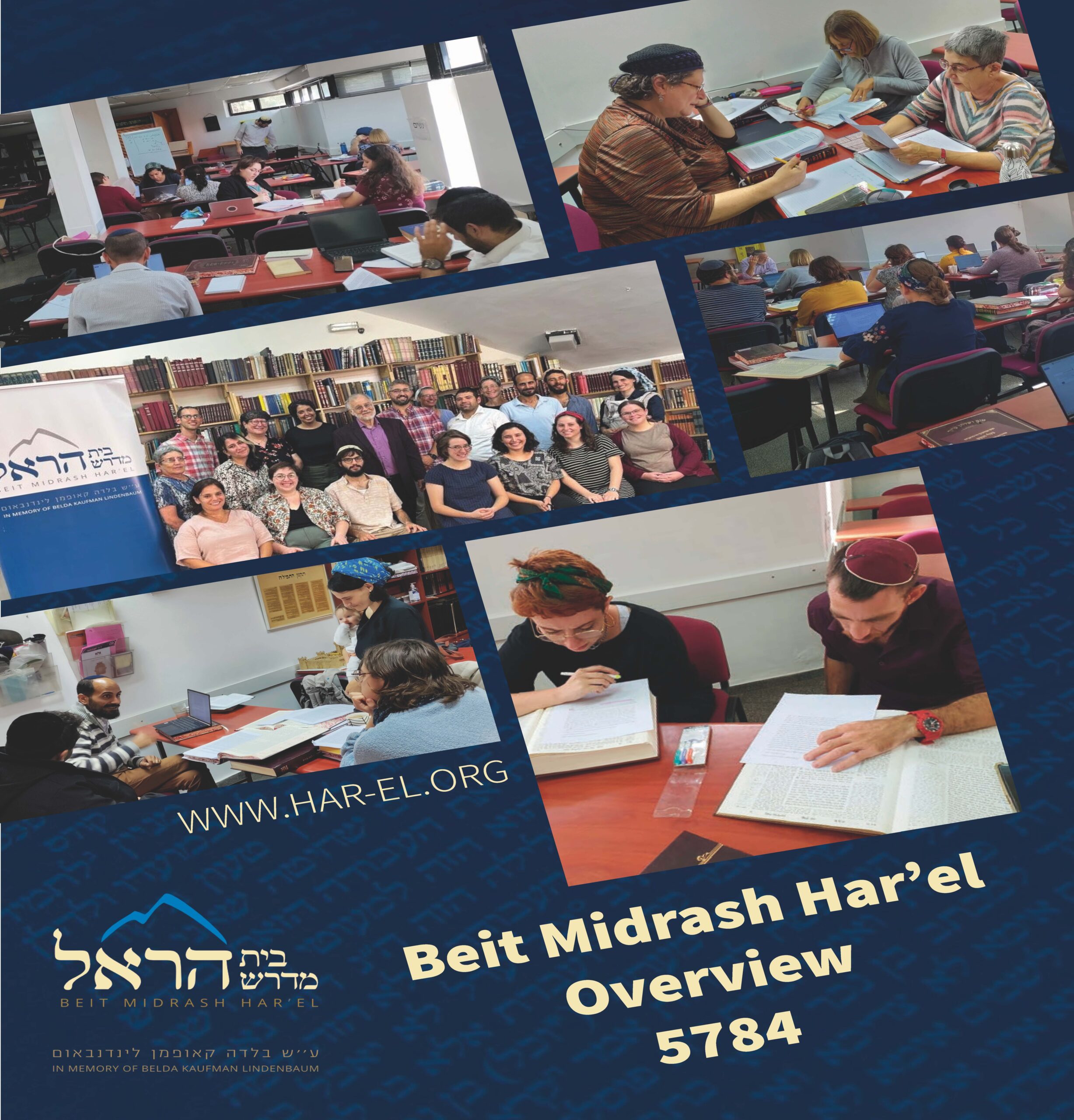Ilana Kurshan is the author of Children of the Book, forthcoming in August 2025 from St. Martin’s Press. Her previous book, If All the Seas Were Ink, was awarded the Sami Rohr Prize for Jewish Literature.
My family and I spent this past Sukkot in Seoul, where my husband Daniel is on sabbatical for the year. He was originally supposed to spend the year in Norway, but as we all know, our world is no longer as hospitable to Jews – a few months before he was to start his appointment, he was dis-invited from the university in Oslo on account of BDS. Fortunately a new opportunity arose in the unlikeliest of places: An Israel Education Center had just been inaugurated at Seoul National University, and Daniel was invited to serve as the first visiting professor, teaching about Jewish culture to Koreans and working in conjunction with the Israeli embassy. The kids and I were eager to get a taste of his adventures, and so last Sukkot, we rented an Airbnb with a rooftop garden, which became home to—as far as I know—one of the only three Sukkot built in the entire country of South Korea.
Sukkot are temporary homes, which was very much in keeping with our experience of the holiday – my sojourn in Seoul with the kids was only temporary, and we were determined to fit in as many tourist attractions as possible: a visit to Joseon-era palaces; a hike in Bukhansan national park; an elevator ride up the iconic Namsan tower featured on the cover of our Lonely Planet guidebook. Since we kept kosher, we would not be sampling much of the local cuisine—nearly all of our meals consisted of omelets or tofu, which we fried on our stovetop and consumed in our rooftop Sukkah—but we did wander through the food stalls in the enormous Gwangjang market, where the locals sat on low plastic stools eating cheese pork cutlet and octopus fried rice. In fact, it was while we were walking through that very food market—past a woman drizzling squid sauce on a bowl of glass noodles–that I received a text message on my phone from the owner of one of other Sukkot in Seoul, who was trying to connect me, in turn, with an inhabitant of the third Sukkah some two hours north.
The text message came from the wife of the local Chabad rabbi in Seoul. I had met her a few days earlier when Daniel and I visited the couple’s home to deliver the lulavim we had imported at their request from Israel. The rebbetzin was contacting me with an unusual request. “I am going to China tomorrow for a conference,” she wrote me in Hebrew. “And the wife of the chaplain on the army base needs to use the mikvah. Please, can you open it for her and accompany her tomorrow night?”
I was taken aback. I had never accompanied a woman to a mikvah before. I didn’t even think my accompaniment was necessary, based on a course I had taken on the laws of mikvah use the previous year at Beit Midrash Harel. There we had studied traditional rabbinic sources on the role of the Mikvah attendant. We had learned that the Talmud and early rabbinic sources nowhere stipulate that anyone must accompany a woman at the Mikvah; it is only in medieval texts that we first find any mention of a woman who stands beside the immersing woman to make sure that all her hair goes underwater. In fact, the Raavad in twelfth century Provence explains that a woman has the option of either bringing another woman with her to observe her immersion, or else tying up all her hair to ensure that it is all submerged in the mikvah waters (Baalei Hanefesh, Sha’ar Hatvila Siman Aleph). But the Shulchan Aruch, drawing on the Rosh, writes that “A Jewish woman at least twelve years of age needs to stand over her when she immerses, to see that none of her hair remains floating on the water” (Yoreh Deah 198:40). According to the Shulchan Aruch, only if there is no one to perform this role may the woman tie up her hair instead.
I was not convinced that it was religiously required for anyone to accompany the woman using the mikvah—but that said, it was customary never to go alone, and I was open to adventure. For one night alone, I was to become the “mikvah lady,” as it is known, for South Korea.
The Chabad rebbetzin sent me the address of the mikvah, which she was proud to tell me that she and her husband had founded and inaugurated just a few years earlier. The mikvah was only about a half hour walk from our Airbnb, but even so, I was unable to locate it, even after an hour of circling. Google Maps does not work in most of Asia; in Korea, instead, there is an app called Naver, but the app uses only Korean characters, which I couldn’t read. So I was very relieved when a minivan pulled up and a woman with a heavy French accent jumped out of the passenger seat and exclaimed, “Ilana!”
“Rivka!” I said, greeting her warmly. We had never met before, but in this country with so few non-Asians and only a handful of Jews, we identified one another immediately. Hers was also the first minivan I’d seen in Seoul. Most Koreans have one child at most; South Korea is the fastest-aging country in the world, with the 65-and-up population expected to double by 2040. Rivka introduced herself to me as a Paris-born former Jerusalemite who had actually first lived with her American-born husband in an apartment right near our apartment in Israel; Koreans would find that unfathomably coincidental, which indicates to me that Korean geography—like the Korean navigation map—is very different from what we often refer to as “Jewish geography.” It was not all that surprising that Rivka and I once lived just blocks away, on the far, far end of this vast continent.
Rivka, who had been to this mikvah before, showed me up a narrow, crooked path up a steep hill to a wooden door unmarked except for a mezuzah on the doorpost. The rebbetzin had told me the building was left open; I just had to push in hard on the door, which I did, until it yielded. And then I stood there stunned and breathless.
The mikvah was unlike any I had ever seen – this was not the dank, dim Jerusalem neighborhood mikvah, with green peeling walls and a slippery floor. Here the floor was decorated in ornate blue tiling that I want to identify as lapis lazuli, inlaid with onyx or agate or some other precious stone mentioned in the Bible and used in the construction of the Tabernacle, which served as a temporary home for God. One wall was shaped like an archway and fashioned entirely of intricate wooden latticework; another contained a painting of an imagined, mythic Jerusalem, with a cobblestone path lined by domed stone houses leading up to a tall, imposing structure that could only be the Temple in Jerusalem. There were scented candles lining the floor, and small white pebbles arranged on a ledge beside a lacey pink shower curtain. Gazing around, I wasn’t sure if I’d entered a museum, a time warp, or a spa.
I suppose, after that, the rest could only be anticlimactic. The woman prepared herself in the bathroom and then dunked seven times as per her custom while I observed from the side. She dressed behind the pink curtain, and I walked her back to her minivan, wondering whether I might see her again – she feared it was unlikely, as her husband was soon to be transferred elsewhere on this lonely planet, to an army base in Honolulu.
That was over half a year ago. Sukkot is long past us, and we are on to another pilgrimage festival, Shavuot. This time, though, the kids and I will be staying home, waiting for Daniel to return to Israel next month. On this holiday of the giving of the Torah, I can only hope that we will continue to marvel as our Torah, out of Zion, extends its reach so far and wide.

MY NOTES:
- ש”ע – אשה נאמנת לטבול כראוי, אבל יש בעיה של טעות משער שלא נכנסת למים. יש 2 פתרונות: או בלנית, או לכרוך שער. העדפה לפתרון של בלנית.
- רא”ש – מביא רק את האופציה הראשונה. לא מדבר על כריכת שער. לא אומר שהטבילה לא תהיה מועילה אם אין בלנית.
- ראב”ד – מביא 2 אופציות שוות.
- טור – (בן של הרא”ש) – קורא את הראב”ד כאילו הוא מעדיף את אופצית הבלנית.
- ב”ח – להקפיד על עצה ראשונה, שאשה אחרת תעמוד על גבה.
- יש מקום לומר שתהיה אישה על גבה. אבל המשקל הוא נגד. ואין שום סיבה הלכתית לחייב. ואין ביסוס לומר שהטבילה לא עלתה.



